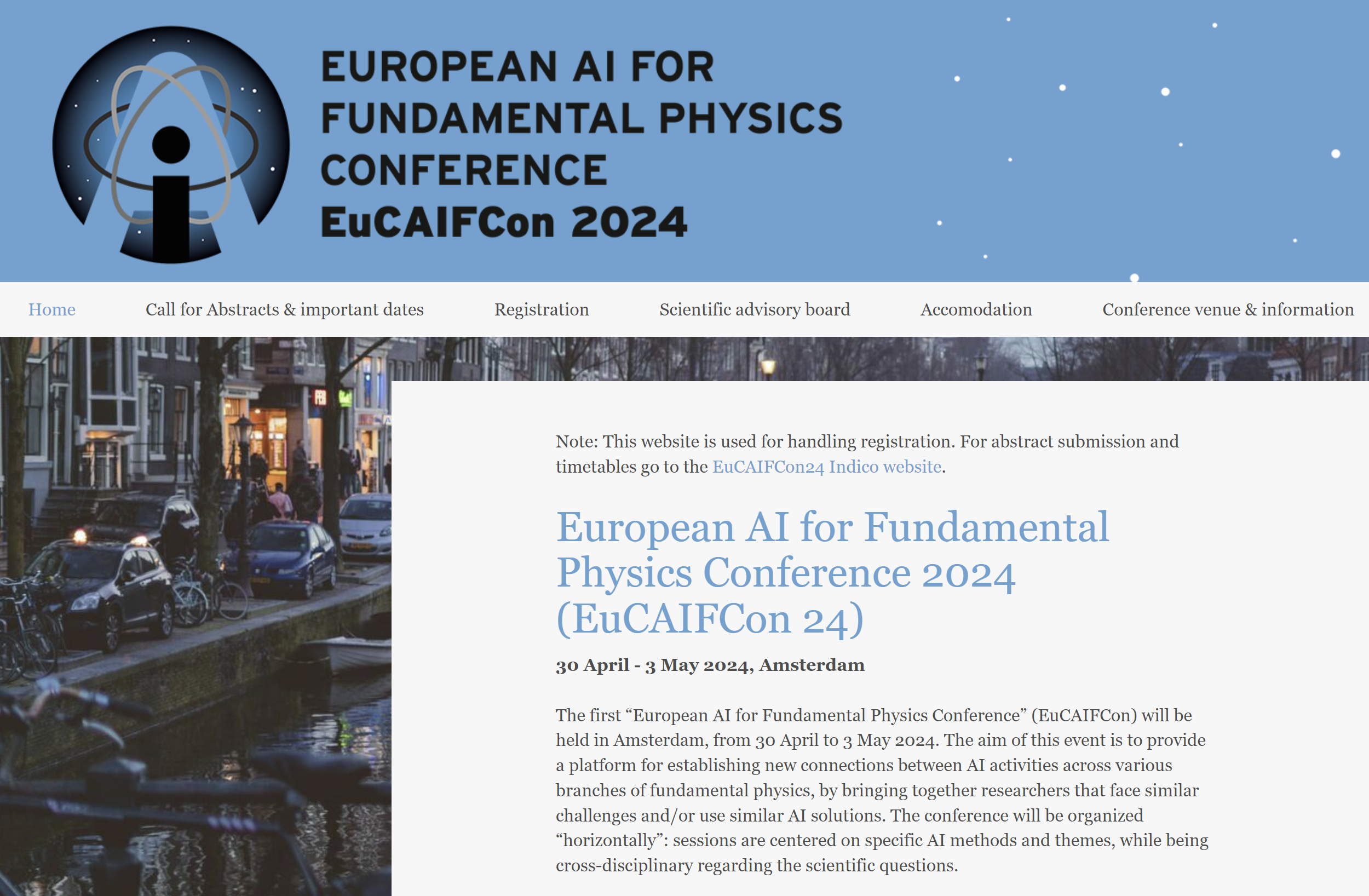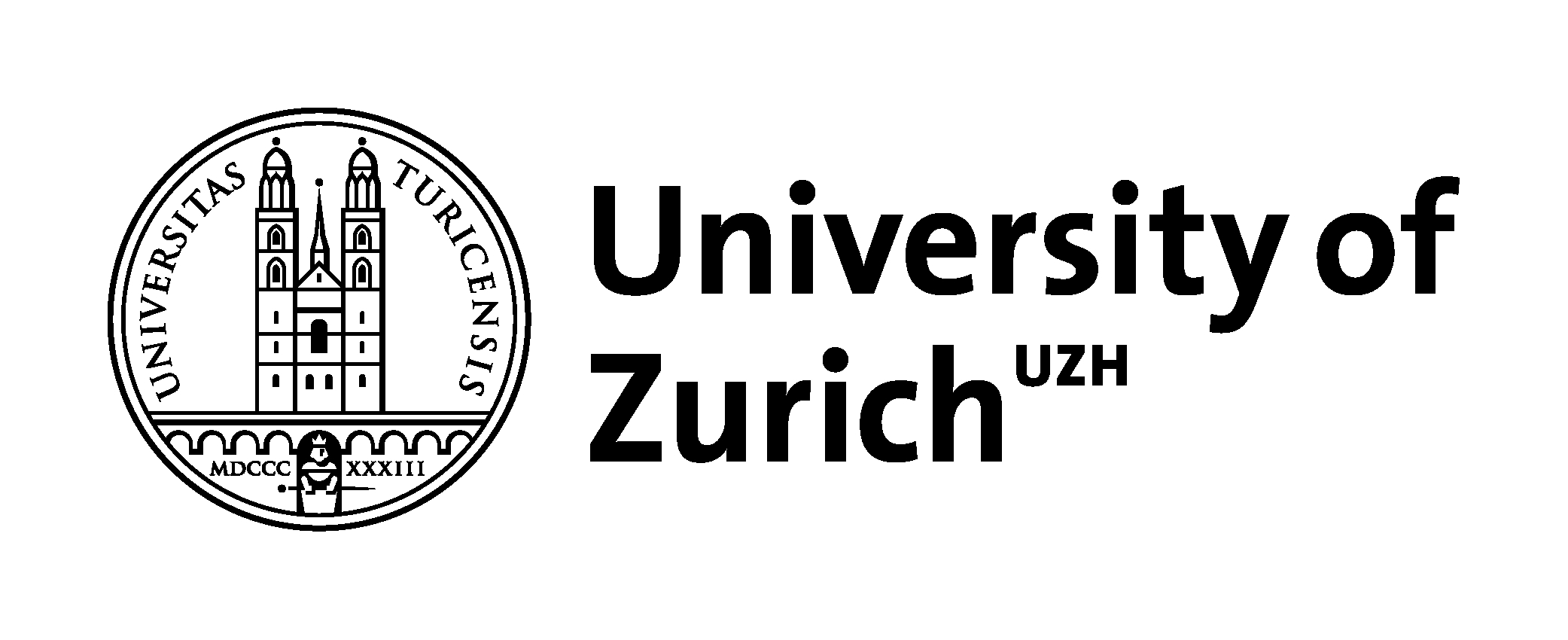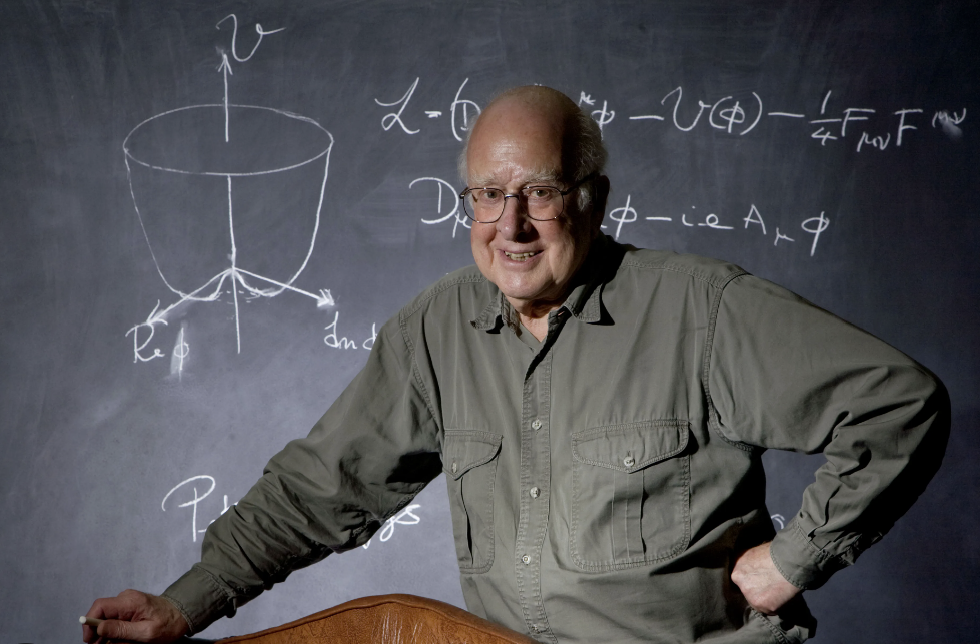I have no energy today to put together a detailed discussion of a brand new, exciting search for supersymmetric Higgs boson performed in data collected by the CDF experiment at the Tevatron proton-antiproton collider. All I can do for you is to show the interesting result of the search, and give you some very general ideas of what this is and why it is interesting. Maybe tomorrow or Saturday I will be able to pay more justice to the analysis.
2010 has just started with the best auspices to bring us exciting new science, and there comes a pledge to forecast what will happen in 2020. Oh, well - rest is not what I became a scientist for.
Making non-trivial predictions today for how will basic research be in subnuclear physics ten years down the line is highly non-trivial. For exactly the opposite reason that it is equally hard in several other fields of research.
The success of today's particle physics experiments relies to a surprisingly large extent on a seldom told functionality of the giant apparata that detect the faint echoes of subatomic particles hitting or punching through their sensitive regions: the capability of triggering.
"The threat is much stronger than its execution"
Aaron Nimzovich (complaining to the arbiter of a chess match that his opponent had put a cigar in his mouth, after the arbiter had pointed out that the cigar was unlit).
The CDF Collaboration has recently produced a new analysis of proton-antiproton collisions at the now second-world-best collision energy of 1.96 TeV. They searched for very rare decays of the B mesons, particles composed of, would you guess, a b-quark and a lighter partner orbiting around each other.
 Shaping The Future Of AI For Fundamental Physics
Shaping The Future Of AI For Fundamental Physics On Rating Universities
On Rating Universities Goodbye Peter Higgs, And Thanks For The Boson
Goodbye Peter Higgs, And Thanks For The Boson Significance Of Counting Experiments With Background Uncertainty
Significance Of Counting Experiments With Background Uncertainty







